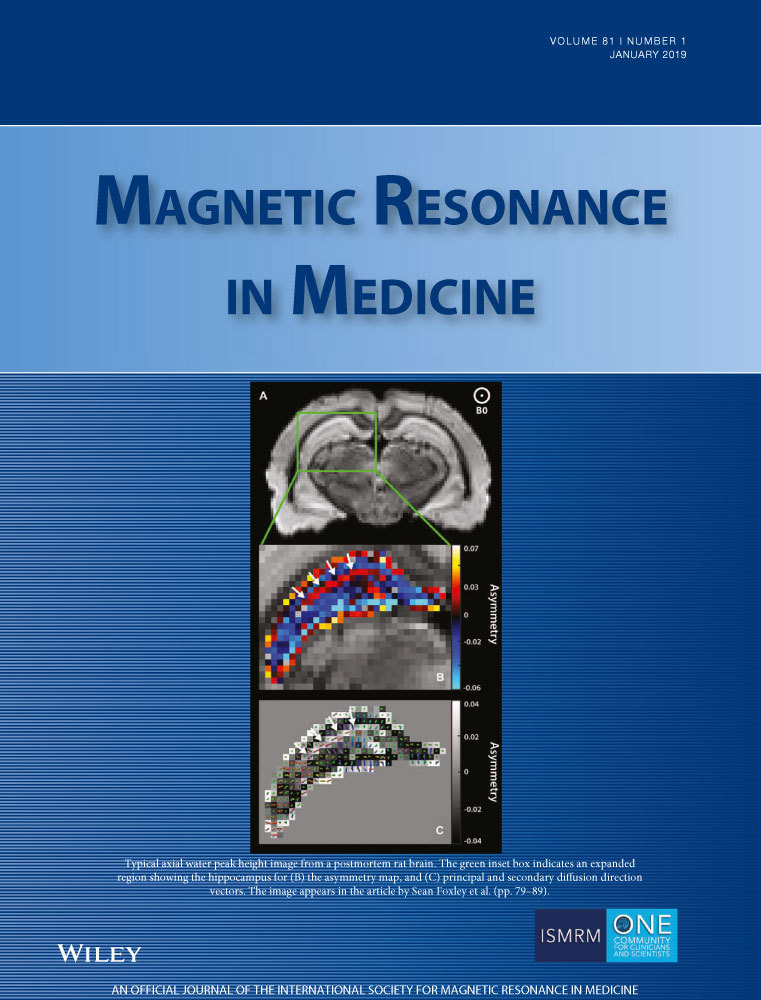Establishing intra- and inter-vendor reproducibility of T1 relaxation time measurements with 3T MRI
Correction added after online publication 10 October 2018. Due to a publisher’s error, the Supporting Information captions at the end of the paper and the accompanying file did not originally publish with the article and are included with this version.
FUNDING INFORMATION
Swiss National Science Foundation, Grant/Award Number: 31003A_166118; MRC and Spinal Research Charity ERA-NET Neuron, Grant/Award Number: MR/R000050/1; Wellcome Trust, Grant/Award Number: 203147/Z/16/Z; Roger De Spoelberch Foundation.
Additional supporting information may be found online in the Supporting Information section at the end of the article.
Abstract
Purpose
Parametric imaging methods (e.g., T1 relaxation time mapping) have been shown to be more reproducible across time and vendors than weighted (e.g., T1-weighted) images. The purpose of this work was to more extensively evaluate the validity of this assertion.
Methods
Seven volunteers underwent twice-repeated acquisitions of variable flip-angle T1 mapping, including B1+ calibration, on a 3T Philips Achieva and 3T Siemens Trio scanner. Intra-scanner and inter-vendor T1 variability were calculated. To determine T1 reproducibility levels in longitudinal settings, or after changing hardware or software, four additional data sets were acquired from two of the participants; one participant was scanned on a different 3T Siemens Trio scanner and another on the same 3T Philips Achieva scanner but after a software upgrade.
Results
Intra-scanner variability of voxel-wise T1 values was consistent between the two vendors, averaging 0.7/0.7/1.3/1.4% in white matter/cortical gray matter/subcortical gray matter/cerebellum, respectively. We observed, however, a systematic bias between the two vendors of https://doi.org/10.0/7.8/8.6/10.0%, respectively. The T1 bias across two scanners of the same model was greater than intra-scanner variability, although still only at 1.4/1.0/1.9/2.3%, respectively. A greater bias was identified for data sets acquired before/after software upgrade in white matter/cortical gray matter (3.6/2.7%) whereas variability in subcortical gray matter/cerebellum was comparable (1.7/1.9%).
Conclusion
We established intra- and inter-vendor reproducibility levels for a widely used T1 mapping protocol. We anticipate that these results will guide the design of multi-center studies, particularly those encompassing multiple vendors. Furthermore, this baseline level of reproducibility should be established or surpassed during the piloting phase of such studies.




